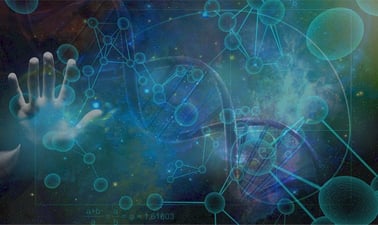ColumbiaX: Frontiers of Science: Climate & Us
The Earth’s temperature is determined by a balance between incoming energy and outgoing energy, which is affected by many factors, including sunspots, astronomical cycles, and greenhouse gasses. In this course, we compare recent climate conditions with a vast historical record that goes back thousands, even millions, of years. We also investigate the role of feedback loops and why they make climate modeling particularly challenging.

6 weeks
1–2 hours per week
Self-paced
Progress at your own speed
Free
Optional upgrade available
There is one session available:
After a course session ends, it will be archivedOpens in a new tab.
Starts Apr 19
Ends May 29
Frontiers of Science: Climate & Us
At a glance
- Institution: ColumbiaX
- Subject: Energy & Earth Sciences
- Level: Introductory
- Prerequisites: None
- Language: English
- Video Transcript: English
- Associated skills:Climate Prediction, Economics, Climate Modeling, Biological Process, Negative Feedback, Climatology, Proxy Servers
Interested in this course for your business or team?
Train your employees in the most in-demand topics, with edX For Business.

